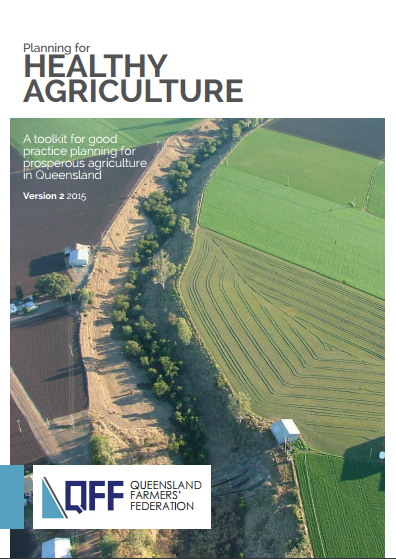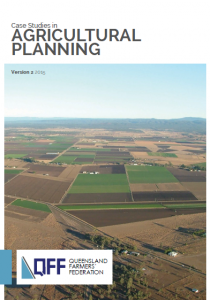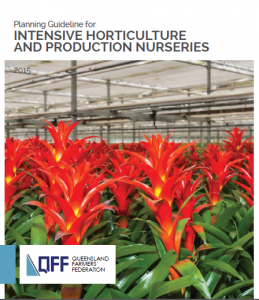Rural development has traditionally focused on the exploitation of natural resources such as agriculture, forestry and mining. However, changes in economic drivers and increased urbanization have changed the character of rural areas in recent times. The need for rural communities to approach development from a wider perspective has created more focus on a broad range of development goals rather than merely creating incentive for agricultural or resource based businesses.
Increasingly tourism, niche manufacturers and recreation have competed with agriculture, forestry and resource extraction as dominant economic drivers. In addition, the encroachment of mining for coal and gas into traditional productive agricultural lands has caused conflict between these sectors. Planning in rural areas aims to allow the establishment and operation of productive agricultural industries while conserving important natural areas and allowing urban activities in appropriate areas.
Planning for agriculture is necessary to ensure the best agricultural land remains available for food, fibre and foliage production. Land suitable for agriculture is a finite resource that cannot be created or replaced. Once converted to another use, it is extremely difficult, if not impossible, to rehabilitate agricultural land to a productive state.
With a few exceptions, agricultural production can only occur on land suitable for cropping or animal production where there is adequate water supplies or rainfall and in locations where other (sensitive) land uses are scarce.
The agricultural sector comprises production activities, but also includes the transport and processing of food, fibre, timber and foliage. Hence planning must also provide access to water infrastructure and transport infrastructure for the efficient movement of commodities from farms to processing facilities and markets.





